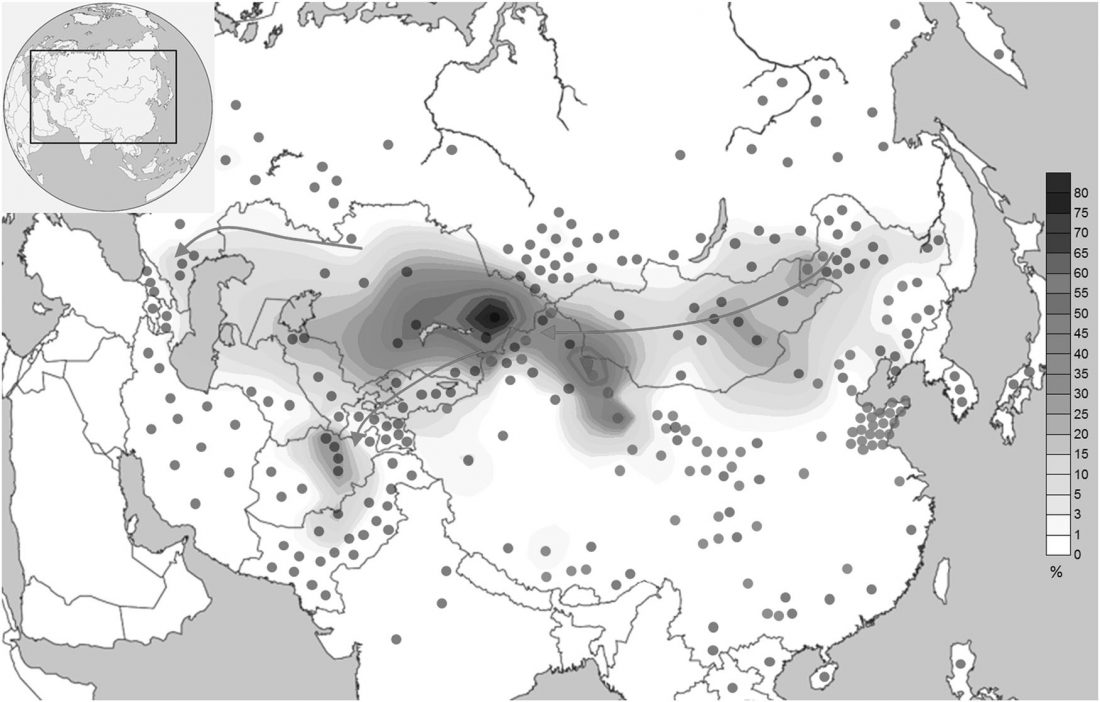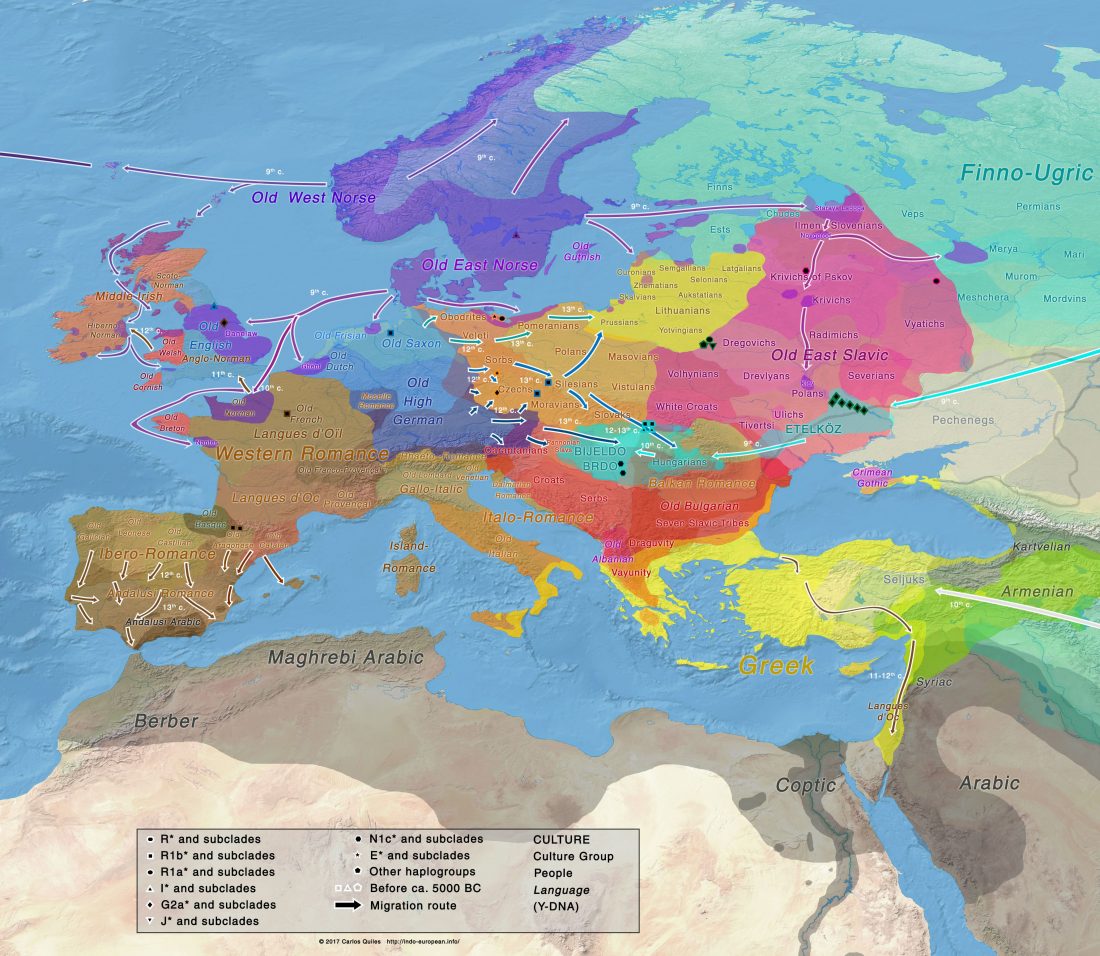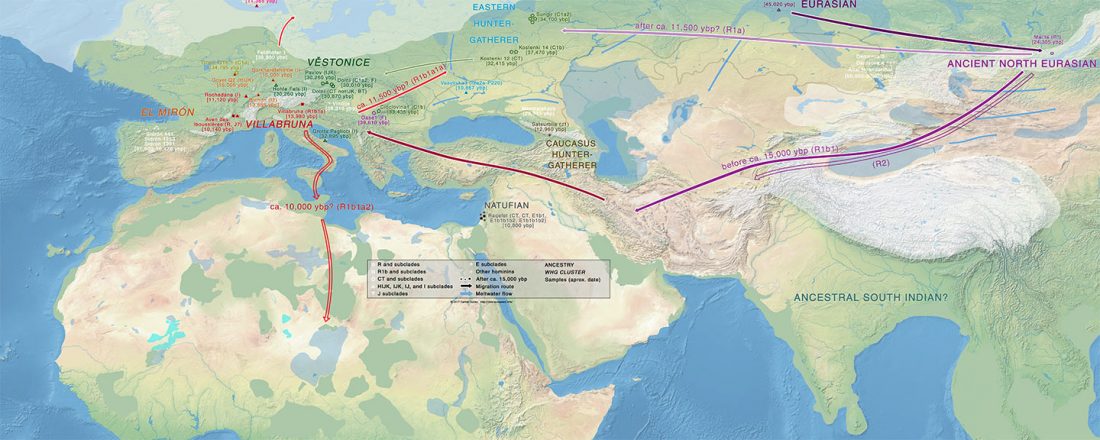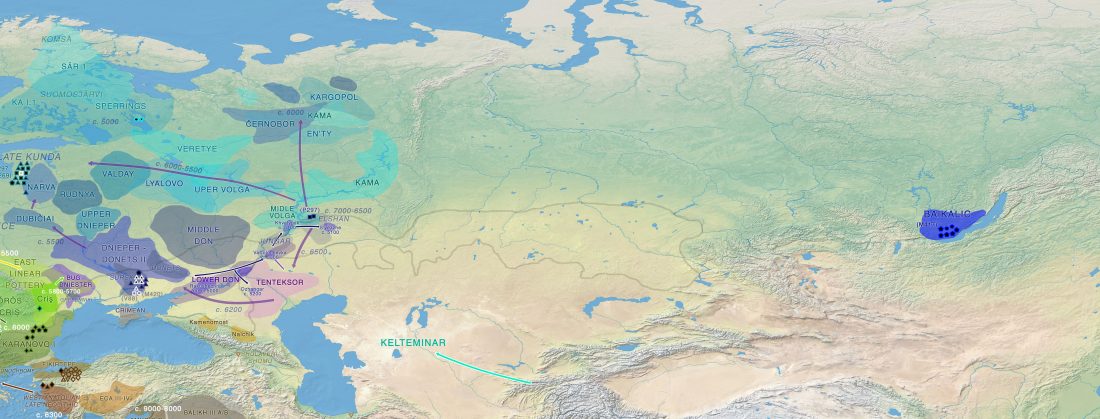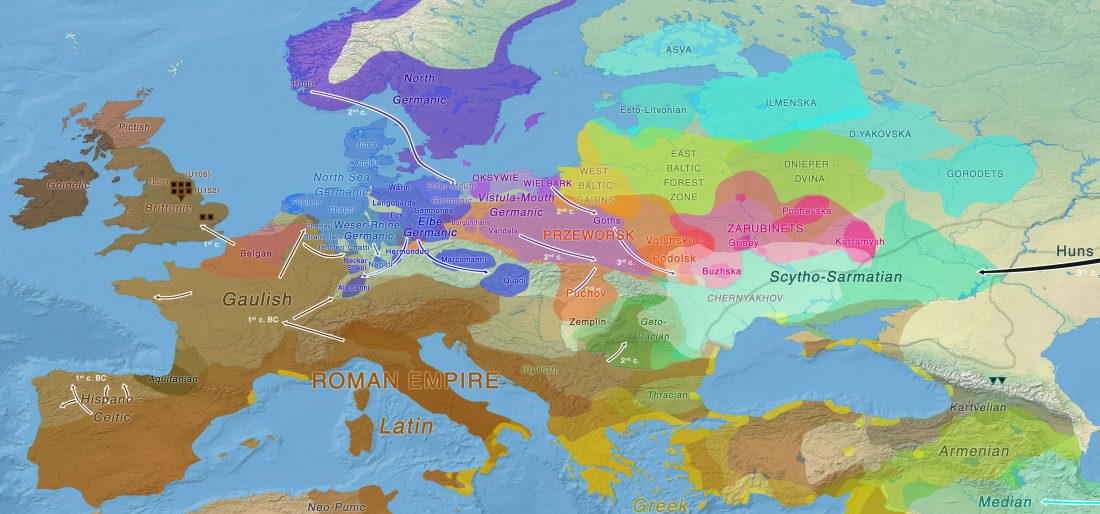Datasets from Olalde et al. (Nature 2018) and Mathieson et al. (Nature 2018) are out
Datasets from Olalde et al. (Nature 2018) and Mathieson et al. (Nature 2018) – papers yet to appear – are out:
- Genotypes of ancient individuals analyzed in Olalde et al. Nature 2018 (to appear)
- Genotypes of ancient individuals analyzed in Mathieson et al. Nature 2018 (to appear)
That hopefully means that both papers will be published soon…… Read the rest “Datasets from Olalde et al. (Nature 2018) and Mathieson et al. (Nature 2018) are out”
